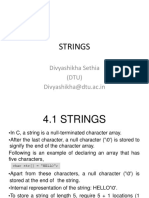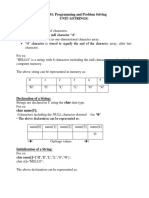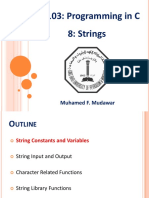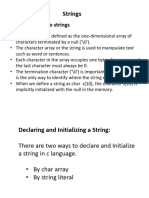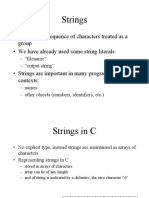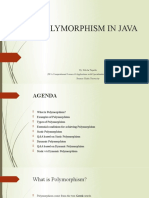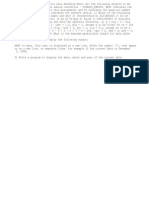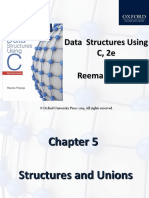0% found this document useful (0 votes)
6 views45 pagesModule 4 U
This document provides an overview of pointers and strings in C programming, detailing how to declare pointers, perform pointer arithmetic, and pass arguments to functions using pointers. It also explains string manipulation, including reading, writing, and various string operations such as concatenation and comparison. Additionally, it includes assignments and examples to practice these concepts.
Uploaded by
immortaldevil1122Copyright
© © All Rights Reserved
We take content rights seriously. If you suspect this is your content, claim it here.
Available Formats
Download as PDF, TXT or read online on Scribd
0% found this document useful (0 votes)
6 views45 pagesModule 4 U
This document provides an overview of pointers and strings in C programming, detailing how to declare pointers, perform pointer arithmetic, and pass arguments to functions using pointers. It also explains string manipulation, including reading, writing, and various string operations such as concatenation and comparison. Additionally, it includes assignments and examples to practice these concepts.
Uploaded by
immortaldevil1122Copyright
© © All Rights Reserved
We take content rights seriously. If you suspect this is your content, claim it here.
Available Formats
Download as PDF, TXT or read online on Scribd
/ 45




















